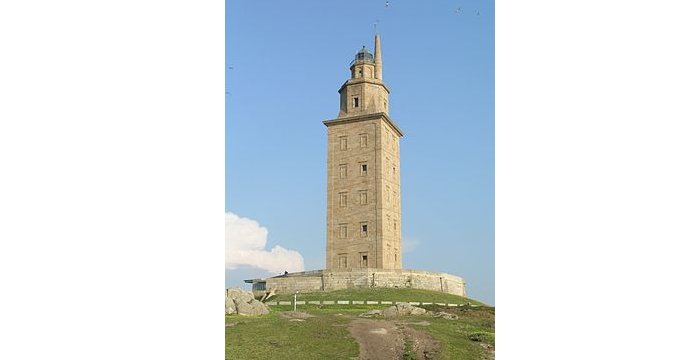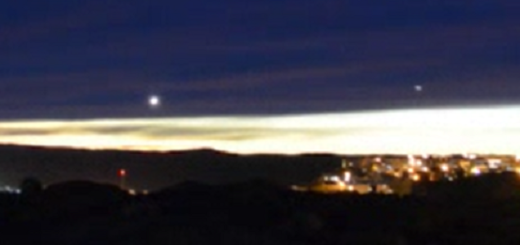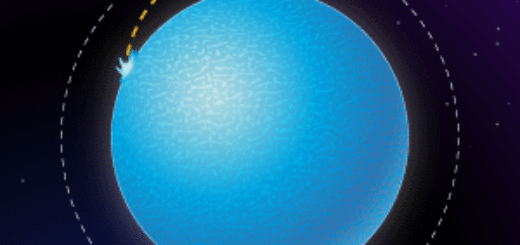Field Of The Rat: Unusual Megaliths And Menhirs Raised With A Different Purpose
– Located near the Tower of Hercules outside the Galician city of Coruna, on the northern coast of Spain, there are several unusual megaliths and menhirs that serve a different purpose than expected.

The site Field of the Rat was declared a World Heritage Site by Unesco, with good reason.
Unlike other menhirs in Western Europe, some of these megaliths and menhirs were deliberately built in modern times to remind us of what went wrong in our history.
The megaliths at the Field of the Rat were raised in tribute of the victims of pro-Franco repression, particularly those who died in terrible incidents in the area.
After the triumph of the military uprising in July 1936 in Galicia, the place was used by the rebels as a field firing of hundreds of imprisoned people, republicans, unionists and leftists, usually taken from prison of La Coruna.
On July 18, 1936, the Spanish Civil War begins as a revolt by right-wing Spanish military officers in Spanish Morocco and spreads to mainland Spain. From the Canary Islands, General Francisco Franco broadcasts a message calling for all army officers to join the uprising and overthrow Spain’s leftist Republican government. Within three days, the rebels captured Morocco, much of northern Spain, and several key cities in the south.
The Republicans succeeded in putting down the uprising in other areas, including Madrid, Spain’s capital. The Republicans and the Nationalists, as the rebels were called, then proceeded to secure their respective territories by executing thousands of suspected political opponents. Meanwhile, Franco flew to Morocco and prepared to bring the Army of Africa over to the mainland.
Spanish garrisons rose up in revolt all across Spain. Workers and peasants fought the uprising, but in many cities the Republican government denied them weapons, and the Nationalists soon gained control.
In June 1938, the Nationalists drove to the Mediterranean Sea and cut Republican territory in two. Later in the year, Franco mounted a major offensive against Catalonia. In January 1939, its capital, Barcelona, was captured, and soon after, the rest of Catalonia fell. With the Republican cause all but lost, its leaders attempted to negotiate a peace, but Franco refused.
On March 28, 1939, the Republicans finally surrendered Madrid, bringing the Spanish Civil War to an end. Up to a million lives were lost in the conflict, the most devastating in Spanish history. Franco subsequently served as dictator of Spain until his death in 1975.
In 2001, a large monument, similar to a prehistoric megalith was raised at this site. The peace monument, designed by artist Isaac Diaz Pardo consists of blocks of granite and has spots of red paint symbolizing blood shot.
On the same site, there are also 12 large menhirs, large, upright stone structures that look over the Atlantic Ocean.
The menhirs at the Field of the Rat contribute to a calm atmosphere and they are named the Menhirs of Peace.
Carved with strategic holes to let visitors look through for themselves and interpret their own meaning, the stones designed by Galician sculptor Manolo Paz offer everyone the chance to reflect on family and future. Paz’s goal was to evoke feelings of parents standing with their children.



 Creators of mankind
Creators of mankind Description of “Tall white aliens”
Description of “Tall white aliens” Where they came from?
Where they came from? About hostile civilizations
About hostile civilizations The war for the Earth
The war for the Earth “Tall white aliens” about eternal life
“Tall white aliens” about eternal life Video: “Nordic aliens”
Video: “Nordic aliens” Aliens
Aliens Alien encounters
Alien encounters The aliens base
The aliens base UFO
UFO Technology UFO
Technology UFO Underground civilization
Underground civilization Ancient alien artifacts
Ancient alien artifacts Military and UFO
Military and UFO Mysteries and hypotheses
Mysteries and hypotheses Scientific facts
Scientific facts


















